Description
| Species | Ganoderma sinense |
| Difficulty ℹ️ | 🍄🍄🍄 |
| Spore Coloration | Brown |
| Ecology | Saprophytic |
| Edibility | Inedible, Medicinal |
The basidiocarp is annual, stipitate, and corky-woody.
The pileus (cap) is semicircular and measures 2.5–0.5 by 5.2–9 cm and is 9.2–1.2 cm thick in nature. It measures 2.5–6.5 by 3.5–12 cm and is 0.5–1.5 cm thick when cultivated. The upper surface of the cap is usually purplish black to black or dark brown, laccate, concentrically sulcate or not, radially rugose, margin often subtruncated.
The pore surface is pale brown to dark brown, with grey-brown tubes up to 1.4 cm long. There are 5-6 pores per millimetre, circular, 50–180 μm in diameter, with dissepiments 40–160 μm thick.
The stipe is 6–19 cm long and 0.5–1.0 cm thick, lateral, dorsolateral or eccentric, cylindrical or flattened: the same color as the pileus and also laccate.
Context tissue is 1–5 mm thick, uniformly brown or red brown near the tube layer or with whitish streaks and patches near the cutis. The hyphal system is trimitic, with generative hyphae 3–5 μm in diameter, hyaline, thin-walled, with clamp connections. Skeletal hyphae measure 4.5–7 μm in diameter, and are golden brown in 5% KOH solution and are dextrinoid in Molder’s reagent. Ligative hyphae are 1–2.5 μm in diameter, thick-walled, and much branched.
Basidiospores measure 10.5–13.5 by 7–9 μm including endosporium, and 8–9 by 5.5–7. μm excluding. The myxosporium is ovoid and brown with a dark brown eusporium bearing few and thick echinulae, overlaid by a hyaline myxosporium, truncate or not at the apex. Basidia are not seen. Cutis hymeniodermic elements are 20–60 by 4–8 μm, clavate and amyloid in Melzer’s reagent.
In traditional Chinese medicine, G. sinense has wide applications, as it is believed to strengthen the body’s immune system and disease response while regulating metabolism and normalizing organ function. Diseases treated by G. sinense involve respiratory, circulatory, digestive, nervous, endocrine and immune systems, including internal, external, gynecological, pediatric and dermatological diseases.[citation needed] It is also believed to be useful for platelet-aggregation and as an anti-thrombotic, hepatic-protective, antioxidant, anti-aging, anti-inflammatory, anti-tumor and anti-radiation agent.
In 2010, a G. sinense polysaccharide tablet was approved by China’s State Food and Drug Administration for use as an adjunctive therapeutic drug for treating leukopenia and hematopoietic injury caused by concurrent chemo/radiation therapy during cancer treatment.

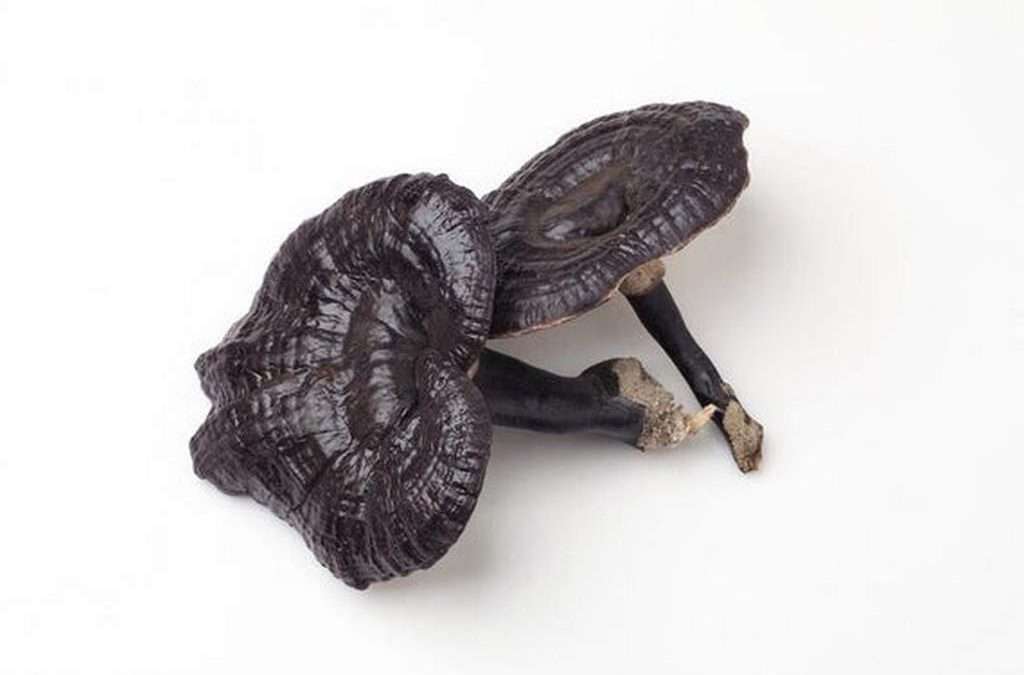
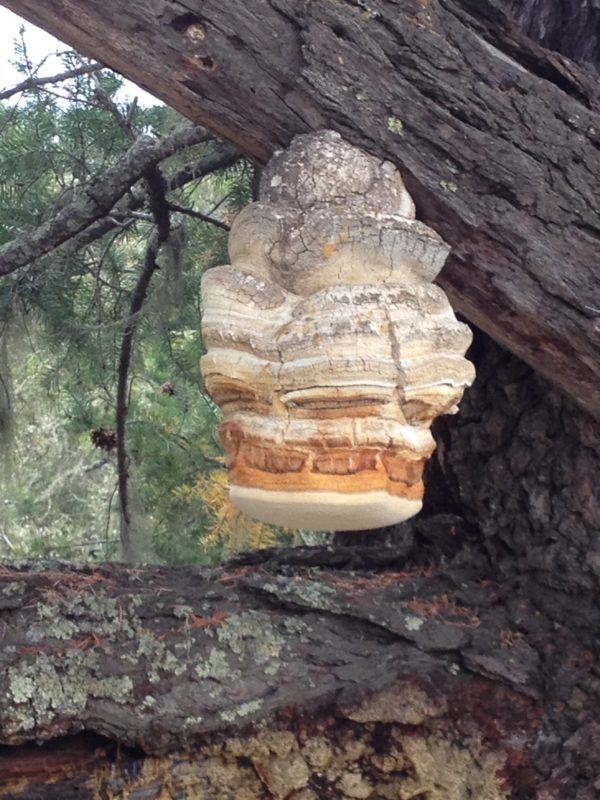

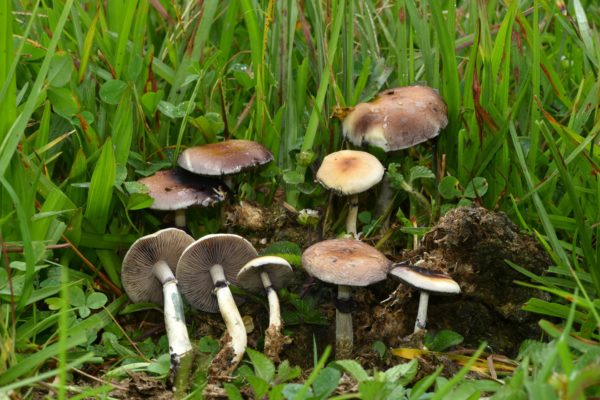
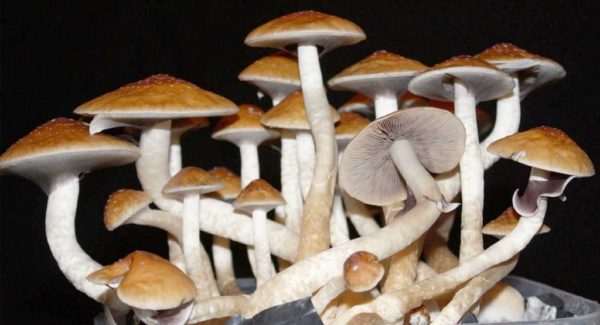
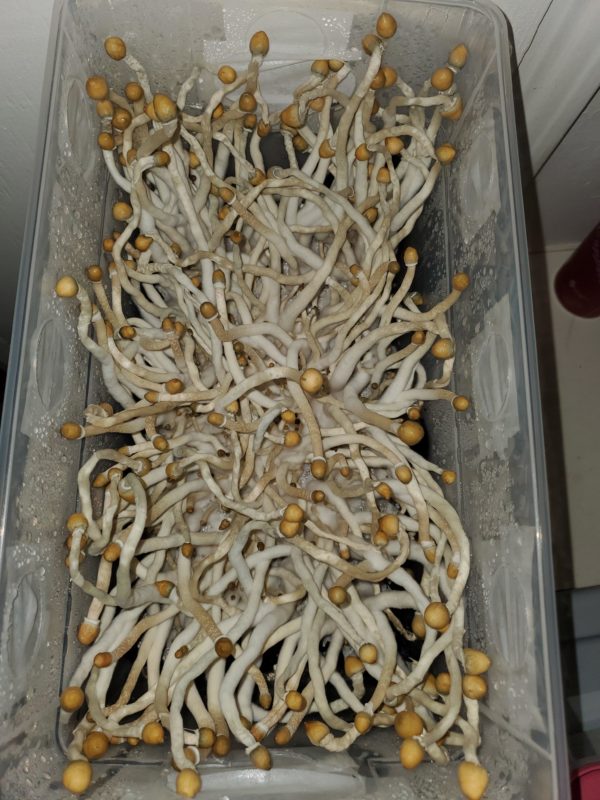
Reviews
There are no reviews yet.